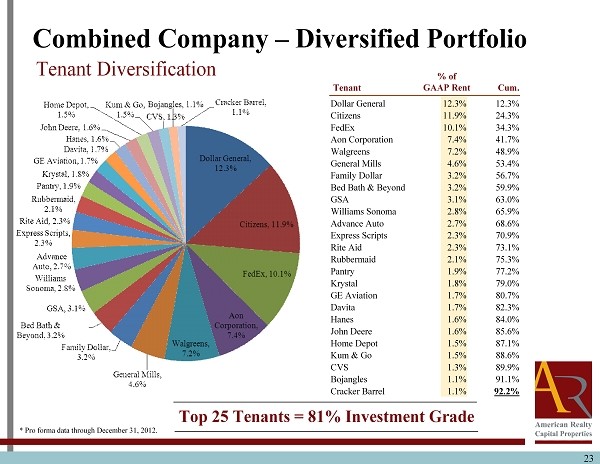Diversified Portfolio
Post on: 16 Март, 2015 No Comment

Diversified Portfolio
March 7th, 2014 | Author Bill Moore
Momentum is the tendency of investments to exhibit persistence in their relative performance. Its a derivative of Newtons first law of motion: an object at rest will remain at rest, an object in motion continues in motion. A stock on its way up tends to continue going up, and a stock on its way down tend to continue to go down. Inertia, or persistence.
Momentum is about much more than buying a handful of hot stocks. It is a disciplined, systematic investing style based on investor behavior an asymmetric response to winning and losing investments. As detailed by Adam Berger and Israel Ronen of AQR and Professor Tobias J. Moskowitz of the University of Chicago momentum can be a complement to both a growth and a value strategy. In their Case for Momentum Investing, they note the data suggests that the stocks with the best momentum outperform the ones with the worst momentum, both in absolute terms and relative to the equity market as a whole.
If true, the existence of momentum would challenge the efficient market hypothesis (EMH) that past price behavior provides no information about future behavior. However, evidence already suggest that the EMH is not exactly as efficient as it claims. In asset pricing and portfolio management, the Fama-French three-factor model (among other studies they did) conclude that anomolies are present in the market that traditional EMH studies would suggest cannot exist. Particularly, small companies and value companies had persistently higher returns than the Capital Asset Pricing Model (CAPM) could explain. They showed that there are risks (market, size and value) with systematic prices attached to them and in combination explain performance. These risks are called priced risk because we can identify additional return for accepting them. Berger, Ronen and Moskowitz believe momentum is one of them.
Some of the explainations for the basis of momentum include the fact that investors may be slow to react to new information, and they update their views only partially when faced with such information, slowly accepting its full impact or potentially over-reacting to the newest news. Under-reaction and over-reaction may reinforce one another since they typically operate over different time horizons. Other factors include the disposition effect Investors tend to sell winning investments prematurely to lock in gains, and hold on to losing investments too long in the hope of breaking even, creating an artificial headwind. The authors conclude that the net result is that momentum will persist for a period of time (6-12 months) before ultimately leading to reversals as too many investors pile on and prices become detached from fundamentals. Their evidence shows that assets that have performed well over the last 12 months tend to do better over the next 3-12 months than assets that have performed poorly over that same period.
In particular, the authors note that Momentum offers better returns than growth and is a better complement to value. Their calculation of large and mid-cap momentum earned an average of 300bps premium of annual return over the Russell 1000 Growth Index for roughly the equivalent annual volatility. Compared to the Russell 1000 Value Index, it offered a higher return in exchange for higher volatility. Although Momentum slightly edges Value, the two strategies are roughly equivalent in Sharpe Ratios. However, Values correlation to Momentum is a significant -0.5, providing interesting diversification benefits.
We have looked at the topic of momentum a few times, both on a short-term and longer-term basis. Particularly, our studies on Falling Knives , evaluated a possible mean-reverting strategy of investing in stocks that had major downward movements. Lets just say, it wasnt good. The long-term average annual return depending upon the holding period was around -3%.
Short term reversal strategies fared even worse. We looked at stocks that had 20% negative movement over a 20 day period. The results were worse.
Although it performed well in periods where you might expect, it significantly trailed the S&P 500 pretty regularly. As such, following the momentum in both this case and that of Falling Knives would have served us well.
Next week, we will take the reverse (no pun intended) and use our system to evaluate strategies that follow upward momentum














